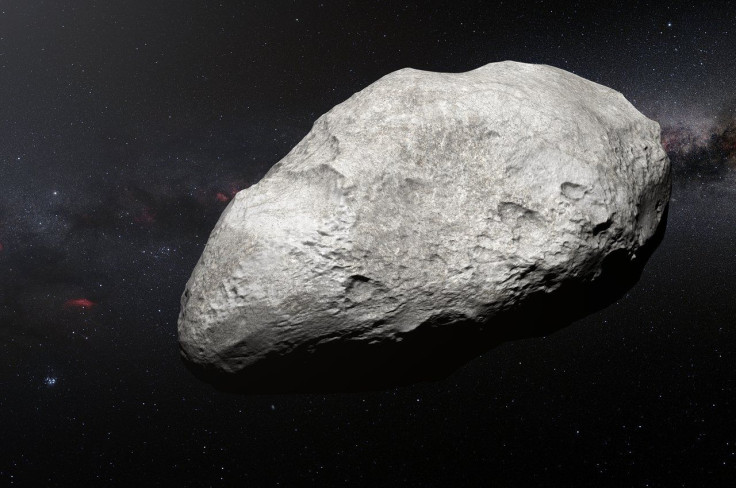Scientists Discover 'Teeny Tiny' Asteroid After It Photobombs Webb Telescope
KEY POINTS
- The asteroid is small at just 100 to 200 meters in length
- It marks the smallest object observed by Webb to date
- The find highlights the sensitivity of Webb's instruments
The James Webb Space Telescope (Webb) has done it again. Its instruments are so sensitive that scientists unexpectedly discovered a small asteroid that photobombed its data.
The scientists made the discovery while looking at Mid-InfraRed Instrument (MIRI) calibration images of main belt asteroid (10920) 1998 BC1, which was discovered in 1998, NASA noted in a news release.
The observations were used to test the performance of MIRI filters, the agency explained, but they were considered to have failed "for technical reasons." As such, the scientists instead used the data to test a new technique they developed called the STM-ORBIT.
They made the method, they explained in their paper, published in Astronomy and Astrophysics, to "interpret the multi-band measurements without knowing the object's true location."
Indeed, the researchers validated their new method. But over the course of their observations, they also detected an "unknown object" — a potentially new asteroid. If, indeed, confirmed to be a newly discovered asteroid, at just 300 to 650 feet (100 to 200 meters in length), it would mark the smallest one observed by Webb and among the smallest ones detected in the main belt as well.
"Teeny tiny photobomb!" the Webb's official Twitter account noted in a tweet. "Scientists found a surprise while looking through test data from Webb's MIRI instrument. Webb serendipitously captured an asteroid (illustrated here) just 100-200 meters in length — likely its smallest object seen yet."
Teeny tiny photobomb! 📸
— NASA Webb Telescope (@NASAWebb) February 6, 2023
Scientists found a surprise while looking through test data from Webb’s MIRI instrument. Webb serendipitously captured an asteroid (illustrated here) just 100-200 meters in length — likely its smallest object seen yet: https://t.co/3wuGJXhQpP pic.twitter.com/JoBJE19lud
Apart from being a rather interesting "serendipitous" discovery, the find could also pave the way to a potential means of helping us understand the evolution of the solar system. As NASA explained, small asteroids haven't been studied in detail as much as the larger ones because they're so hard to observe. But observations with Webb, with its sensitivity to detect such smaller objects, could prove useful in the quest.
"Our detection lies in the main asteroid belt, but Webb's incredible sensitivity made it possible to see this roughly 100-meter object at a distance of more than 100 million kilometers," Thomas Müller, an astronomer at the Max Planck Institute for Extraterrestrial Physics and one of the study authors, said, as per the NASA release.
"This is a fantastic result which highlights the capabilities of MIRI to serendipitously detect a previously undetectable size of asteroid in the main belt," Bryan Holler, Webb support scientist at the Space Telescope Science Institute, added.
The find also shows the possibility that more asteroid discoveries from Webb's MIRI instrument could be on the way. And as for the "teeny tiny" photobomber, further observations could help confirm it and find out more about its characteristics.
"Our results show that even 'failed' Webb observations can be scientifically useful, if you have the right mindset and a little bit of luck," Müller said.

© Copyright IBTimes 2024. All rights reserved.






















